Unlikely animal pairings: Part two
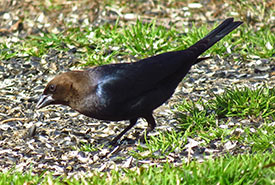
Brown-headed cowbird (Photo by David Dodd CC BY-NC)
This is part two of a two-part series on unlikely animal pairings. Check out part one, the hunting partnership between an American badger and a coyote, here. Another unlikely animal partnership features a bird that is known to take advantage of...
It’s turtle time!
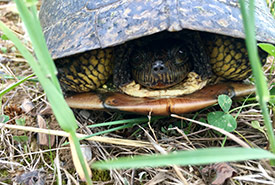
Blanding's turtle (Photo by NCC)
Anyone who drives the winding, hilly roads of Ontario’s Frontenac Arch is familiar with the picturesque views of forest rolling along granite ridges, lakes scattered across the landscape, diverse wetlands and the potential for wildlife...
Blanding’s turtle: A lesson about life in the slow lane
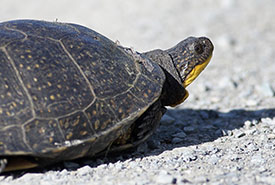
Blanding's turtle at Emma Young Property, Frontenac Arch, ON (Photo by Mike Dembeck)
I think many of us need a reminder to slow down. With a ground speed maxing out at only a few kilometres per hour, the only option for a Blanding’s turtle is slow. Although it takes them a long time to travel throughout their extensive home...
The hurdles of the charisma-challenged
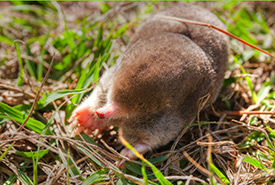
Eastern mole (Photo by Bert Cash, CC BY 4.0)
What do dodgeball and charisma-challenged species have in common? In elementary school, I was always, by far, the shortest kid in the class, and I barely cracked 80 pounds. In gym class, I was pretty much the last player chosen for the dodgeball...
Gardening with native plants this spring
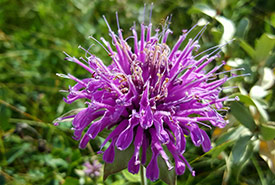
Wild bergamot (Photo by Sarah Ludlow/NCC staff)
I love to garden. I excitedly begin planning for the next year as soon as the autumn chill settles over the Prairies. I’m always impatient for spring to arrive, and it doesn't help when the seed catalogues start arriving in November. I find...
This St. Patrick's Day, defy convention and celebrate snakes
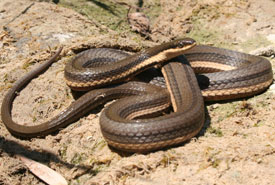
Queen snake (Photo by Joe Crowley)
For many of us, Saint Patrick is known as the protector of the rolling hills of Ireland. Every year, people around the world join in celebrating his legendary story. The green beer, shamrocks and other verdant regalia synonymous with St....
What will we save? The conservation decisions we make today will impact Canada’s wildlife forever
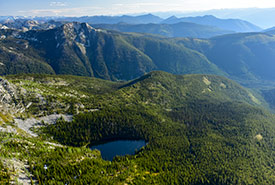
Next Creek alpine lake (Photo by Steve Ogle)
Nature conservation often means making tough decisions. The conservation that does, or doesn’t, happen today will have a big impact on the future of wildlife here in Canada and beyond. Canada is a large and vast country, and we are one of...
The wonder of winter wetlands
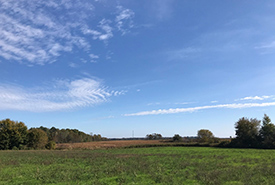
Brighton Wetland from a nearby field in early fall. Note that the cattails in the distance are already turning brown and falling down. (Photo by NCC)
Two summers ago I spent a lot of time trekking through beautiful wetlands, both while working at NCC and for leisure. I loved every moment of my time there, whether I was wading out into knee-deep water to hand pull invasive European frog-bit,...
Stopping habitat loss is the key to saving Canada’s endangered species
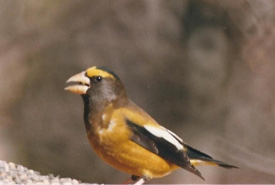
Evening grosbeak (Photo by Anna Tchoulik)
Canada has been losing and saving species for a long time. Since European settlement, over 100 species have been lost here. These include plants and animals that are extinct and extirpated and species that are considered historic (no one has seen...
Twelve spooky facts about Canadian bats
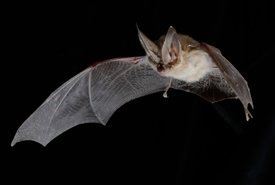
Townsend's big-eared bat (Photo by Brock Fenton)
There are 18 known bat species in Canada. Although they are subjected to a spooky stigma around Halloween, they’re nothing to be afraid of. Here are 12 things you didn’t know about these not-so-scary mammals: 1. The snooze...

